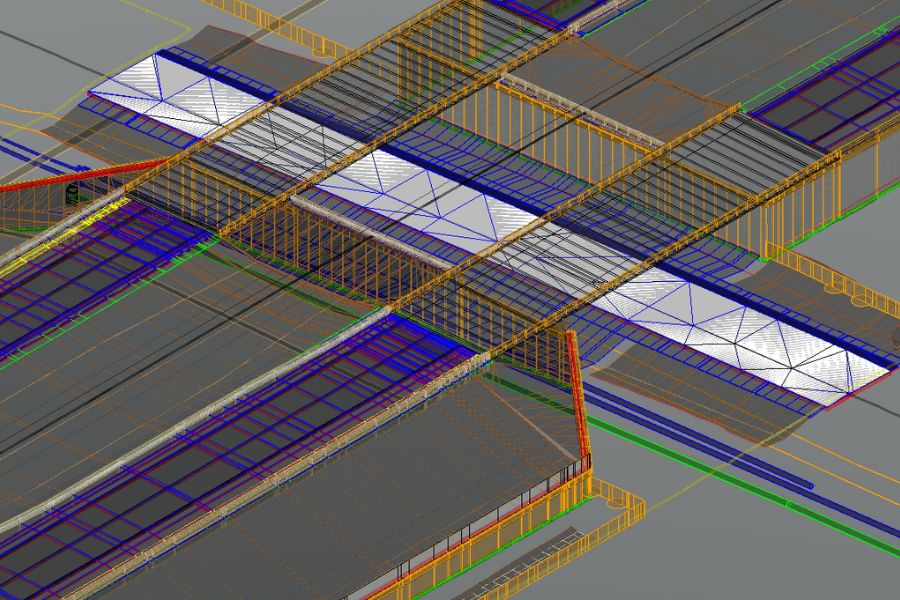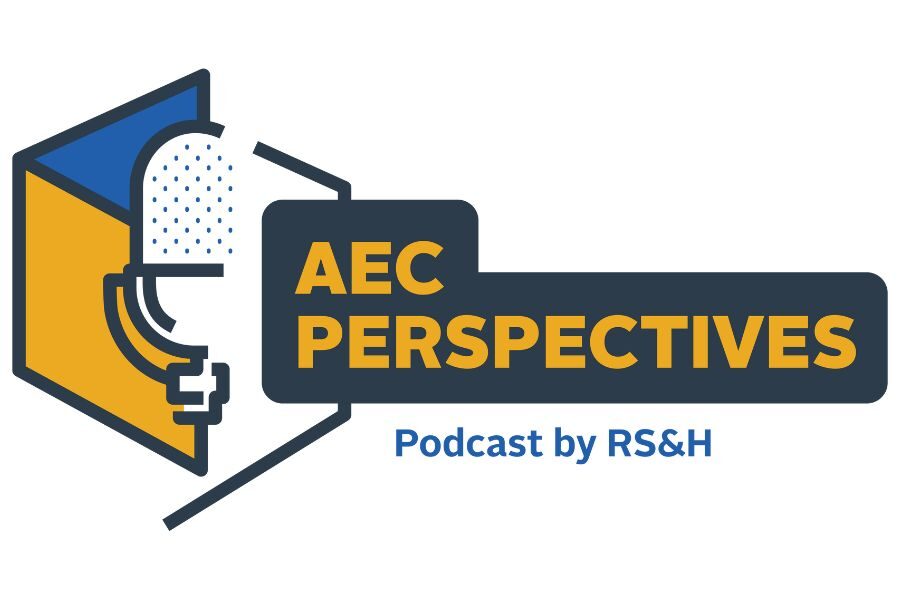3D: A Unifying Way to Design

With a typical roadway project including half a dozen different disciplines, trying to decipher a set of plans can be overwhelming, even for an engineer.
Up until recently, roadway plans have been a sea of information to sift through. Content is crammed into various views across several disciplines that make it challenging to ensure all of the puzzle pieces fit together properly.
Fortunately, 3D technology is pushing the transportation industry to the brink of major transformation. In the midst of the most significant transition since the advent of Computer Aided Drafting, the industry is becoming faster and more cost-effective thanks to the ability to communicate in 3D.
Presenting projects in 3D is no longer just an artistic concept; it is now a tool used to develop the actual design. Today’s 3D model is not simply an output of 2D elements, but rather a fully responsive and dynamic design interaction. Real-time 3D feedback is quickly streamlining the approach to design and communication.
Fitting the Pieces Together
With project elements now being designed in an interactive 3D model, it’s much more obvious to see how all the different parts fit together. Team members across each discipline can readily see what one another is doing. But, more importantly, it gives each discipline a better understanding of every element on the project. By unifying all disciplines through a medium that is easily understood, the benefits of 3D design quickly become apparent.
There has been significant progress over the last few years in transitioning from 2D to 3D design as the core elements (e.g. grading, paving, drainage, etc.) are now very well developed. However, the maximum benefit of a 3D model is limited by its weakest input. If there are several elements of the design that are not incorporated into the model, then it opens the door for inaccuracies.
Clash Detection
Having all design elements in 3D improves accuracy and decreases unintended occurrences. If something isn’t graded properly or located in the correct spot, it is clearly identifiable. Design conflicts become much more apparent. It is also easier for each discipline to identify how they fit into the project as a whole. This understanding allows for efficient conflict resolution during design and an improved product that should be much easier to construct.
Construction
From a construction point of view, the contractor now has a clearer picture of what has been designed. Traditionally, contractors have converted portions of design plans into their own 3D model so they can use automated equipment to grade and pave a project. If the entire project is already designed in a 3D model, it removes this intermediate step and creates a more streamlined and accurate process.
It can also significantly improve the contractor’s bid since there’s less uncertainty in the design intention, which should result in a reduced potential for unforeseen claims.
Public Communication
Infrastructure projects are often hampered by confusion and even opposition from those it will impact. Having projects fully designed in 3D provides an excellent way to communicate with the public. Traditional overhead 2D maps can provide a basic idea of a project, but they can’t tell the whole story.
When a project is presented to the public in 3D, stakeholders quickly have a comprehensive understanding of what is occurring by seeing the depth and details they will ultimately see once it’s constructed. If a picture is worth a thousand words, then a 3D model is worth a million.
3D modeling is a significant paradigm shift within the entire industry. The way projects are designed and delivered will be very different in the future. We will no longer be limited to only the information that can fit in an isolated view on a single sheet of paper. Paper plans will soon be eliminated completely. All the information needed to build a project will be accessed directly from a 3D model.
Like any change of this magnitude, there will be challenges along the way. What are the responsibilities, risks, and liabilities? What are the investments required to transition to this new environment? How do we keep our valuable and more seasoned generations engaged with the technical design?
There are still plenty of questions to be answered. But, if we remain unified and committed to progress, our future will excel to the next dimension.



